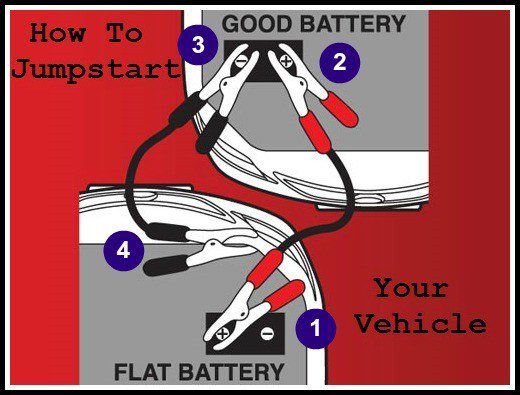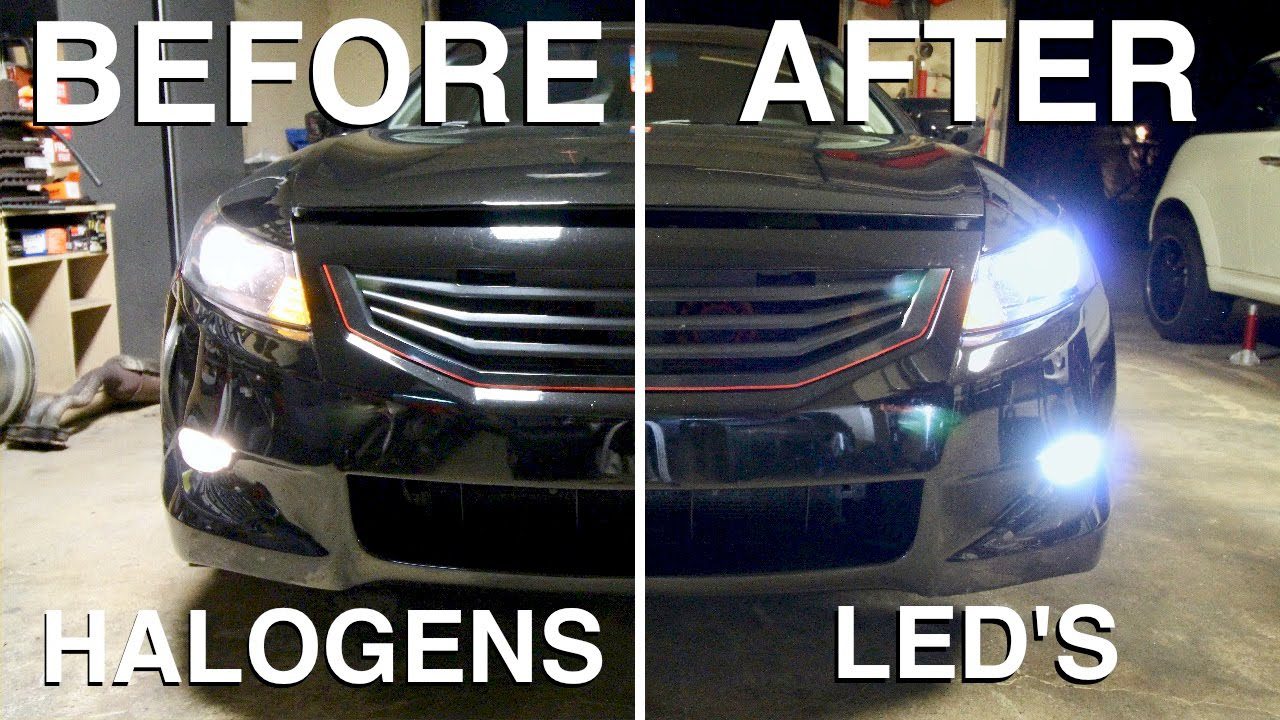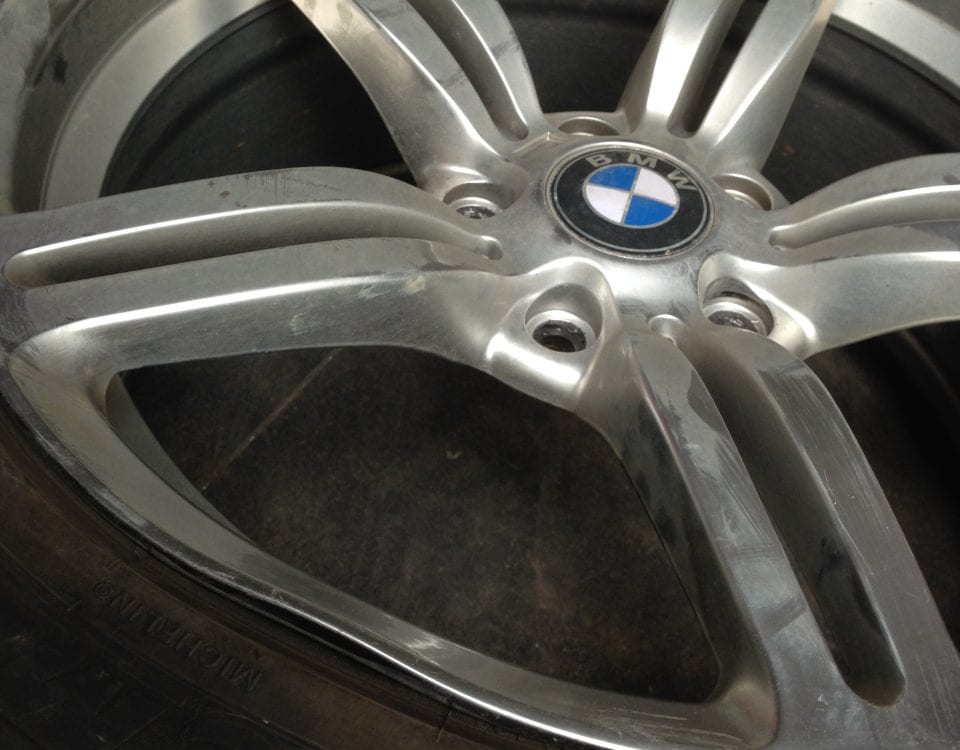
Boosting A Vehicle
November 25, 2019
LED Bulbs: Should You Re-Equip Your Vehicle?
February 5, 2020Wire wheel – a brief history
Wire wheels, wire-spoked wheels, tension-spoked wheels, are wheels whose rims connect to their hubs by wire spokes. Although these wires are generally stiffer than a typical wire rope, they function mechanically the same as tensioned flexible wires, keeping the rim true while supporting applied loads.
Wire wheels are used on most bicycles and are still used on many motorcycles. They were invented by aeronautical engineer George Cayley in 1808. Although Cayley first proposed wire wheels, he did not apply for a patent. The first patent for wire wheels was issued to Theodore Jones of London, England on October 11, 1826. Eugène Meyer of Paris, France was the first person to receive, in 1869, a patent for wire wheels on bicycles.
Bicycle wheels were not strong enough for cars until the development of tangentially spoked wheels. They rapidly became well established in the bicycle and motor tricycle world but were not common on cars until around 1907. This was encouraged by the Rudge-Whitworth patented detachable and interchangeable wheels designed by John Pugh. These wheels owed their resistance to braking and accelerative stresses to their two inner rows of tangential spokes. An outer row of radial spokes gave lateral strength against cornering stresses. These wheels were deeply dished so that steering pivot pins might lie as near as possible to the center-line of the tires. Their second feature was that they were easily detachable being mounted on splined false hubs. A process of assembling wire wheels is described as wheelbuilding.
Automobile
From the earliest days automobiles used either wire wheels or heavy wooden or pressed steel spoked artillery type. The development of the quick detachable hubs of either Rudge-Whitworth or Riley design did much to popularise wire wheels and incidentally led to the fitting of “spare wheels”. After their wooden spoked artillery wheels proved inadequate many US manufacturers paid John Pugh of Rudge-Whitworth royalties to manufacture wire wheels using his patents. Artillery wheels fell out of favour in the late 1920s and the development of the cheaper pressed steel wheels by Joseph Sankey replaced wire wheels wherever the premium price of wire wheels was not justified by their weight saving.
Reaction to load
The reaction to a radial load of a well-tensioned wire spoked wheel, such as by a rider sitting on a bicycle, is that the wheel flattens slightly near the ground contact area. The rest of the wheel remains approximately circular.The tension of all the spokes does not increase significantly. Instead, only the spokes directly under the hub decrease their tension. The issue of how best to describe this situation is debated. Some authors conclude from this that the hub “stands” on those spokes immediately below it that experience a reduction in tension, even though the spokes below the hub exert no upward force on the hub and can be replaced by chains without much changing the physics of the wheel. Other authors conclude that the hub “hangs” from those spokes above it that exert an upward force on the hub, and that have higher tension than the spokes below the hub, which pull down on the hub.
Despite being composed of thin and relatively flexible spokes, wire wheels are radially stiff and provide very little suspension compliance compared to even high-pressure bicycle tires. (all information from Wikipedia)


